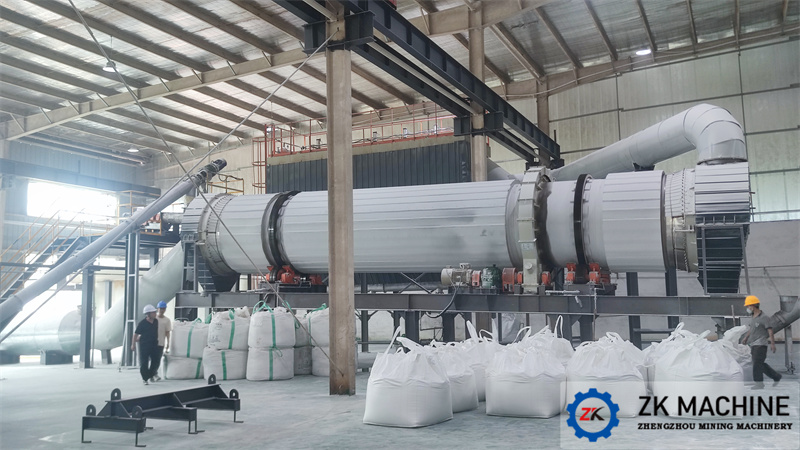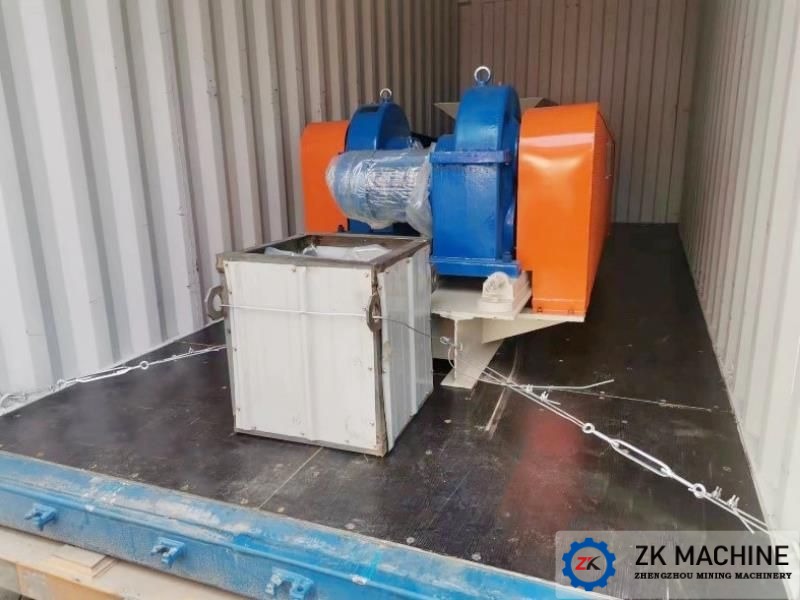Analysis of Safety Accidents in Pulverized Coal Preparation System
There are two common safety accidents in the pulverized coal preparation system.
The first spontaneous combustion: the coal in the accumulation state, the oxidation rate exceeds the heat dissipation rate, and the phenomenon of spontaneous combustion will occur. When the coal mill is running or stopped, some of the deposited coal in the system is prone to spontaneous combustion, such as the fine coal deposited in some dead corners and ash hoppers in the dust collector. The spontaneous combustion temperature of the coal is 120-150 when the coal is piled up. ℃, below 60℃ is safer. It is necessary to strictly control the CO content in the coal mill system. When the CO concentration reaches 875mg/m³ (700×10-6), the coal mill should be stopped and processed. Therefore, preventing fine coal deposits in the system and preventing air leakage are important measures to prevent spontaneous combustion.
Second explosion: When the coal powder is very fine, it is in direct contact with the air in a suspended state, and once it is ignited, it can quickly undergo oxidation reaction and explode. According to the analysis of many explosion accidents, the following four conditions must be met for an explosion:
(1) The pulverized coal is highly dispersed, the fineness of the pulverized coal is high, and the specific surface area is large. When the pulverized coal is suspended in the air, it is fully mixed with the air, and the contact is good. Once ignited, the combustion can spread rapidly, which leads to an explosion. Prerequisites to happen;
(2) The concentration of pulverized coal in the gas is within the explosive limit. It is generally believed that the explosive limit of the concentration of pulverized coal in the gas mixture under standard conditions is 150-1500g/m³, but because of the coal type, fineness of coal, and Different types and contents of other combustible substances mixed in pulverized coal, the range of the explosion limit is variable, when the fineness of the pulverized coal is 10%-15% of the 4900-hole sieve, the concentration range is lower than the lower limit of the explosion limit. It is 0-150g/m³, this range is quite narrow, this concentration range cannot be considered in coal grinding, because it needs too much air, even if there are no other factors, it should be avoided in the explosive limit environment of coal concentration Working, the pulverized coal concentration higher than the upper limit of the explosion limit is the effective concentration that can be used in the pulverized coal preparation system;
(3) The oxygen content in the gas mixture is sufficient to cause an explosion. The oxygen content in the gas is best controlled below 14%. Therefore, it is a good choice to use the exhaust gas from the kiln tail as a drying medium. Recycling part of the exhaust gas in the system can also reduce the oxygen content, and reducing the oxygen content can increase the lower limit and lower the upper limit of the explosion limit, thereby reducing the explosion limit range and improving the safety of the production of the pulverized coal preparation system;
(4) There is a fire source, and there is sufficient heat energy in the environment to ignite, such as spontaneous combustion of pulverized coal, excessive heat of drying gas, overheating of machine parts, electric sparks of electrical equipment, static electricity, etc.
Experience has shown that if any one of the above four conditions is effectively controlled during the production process, the explosion can be avoided. However, in practical applications, it is best to eliminate two or more to improve the safety of production.




